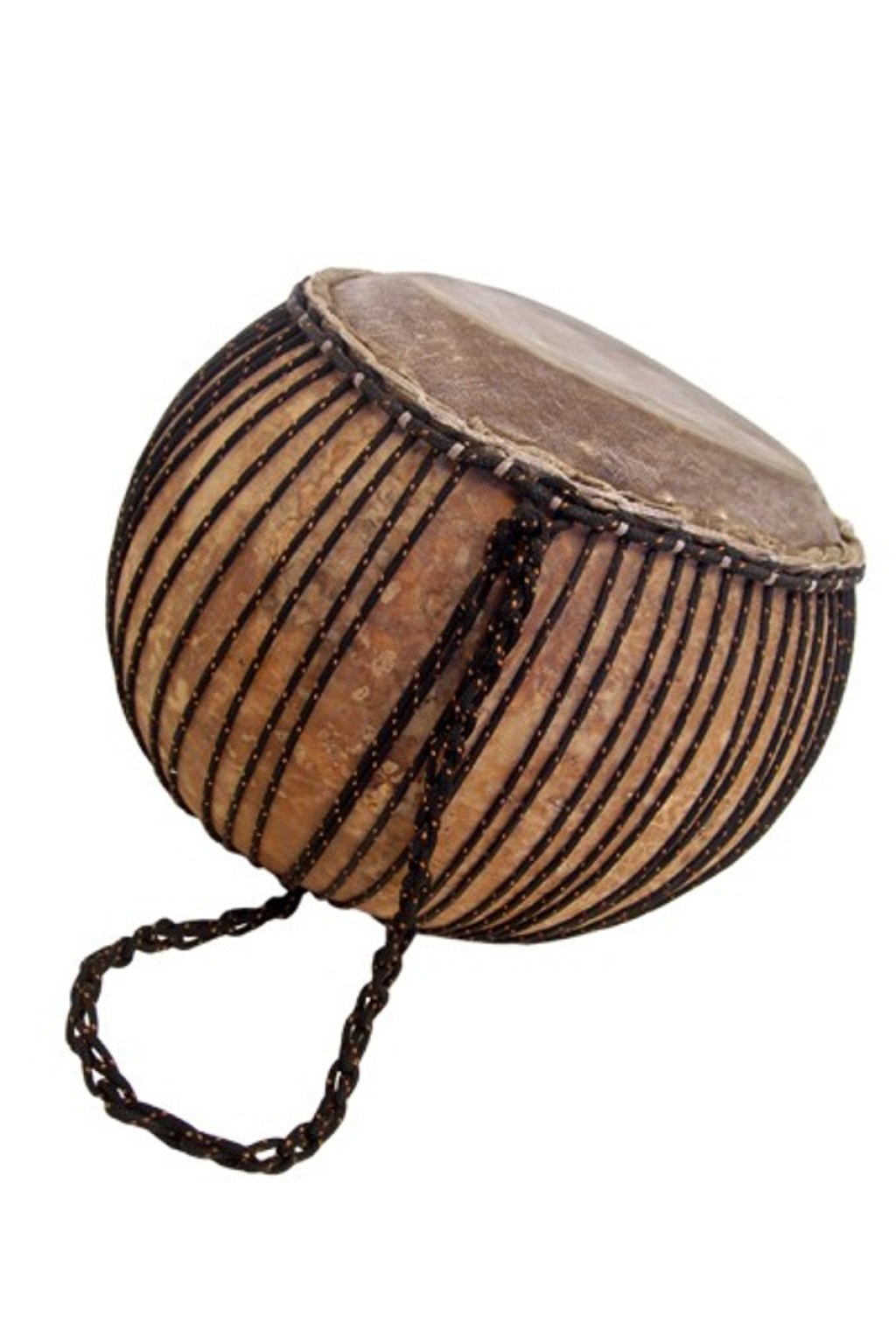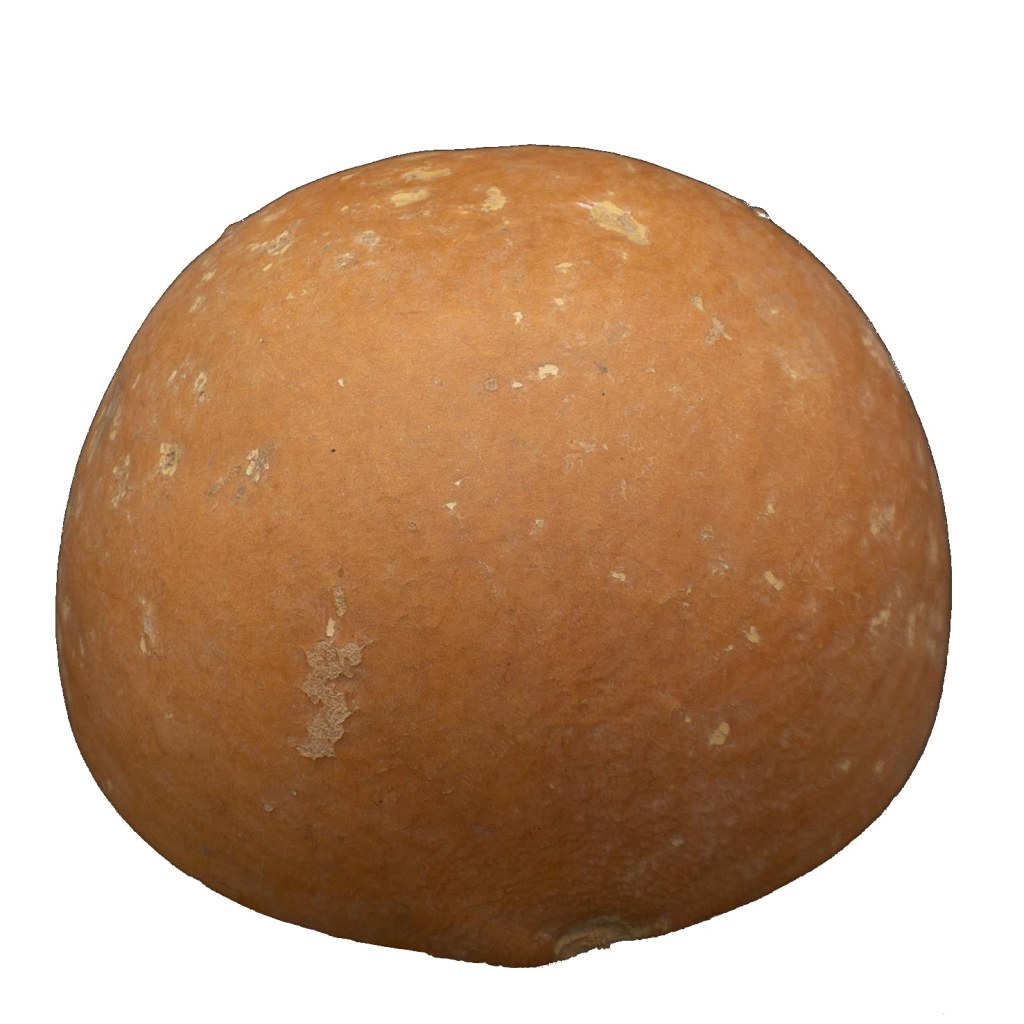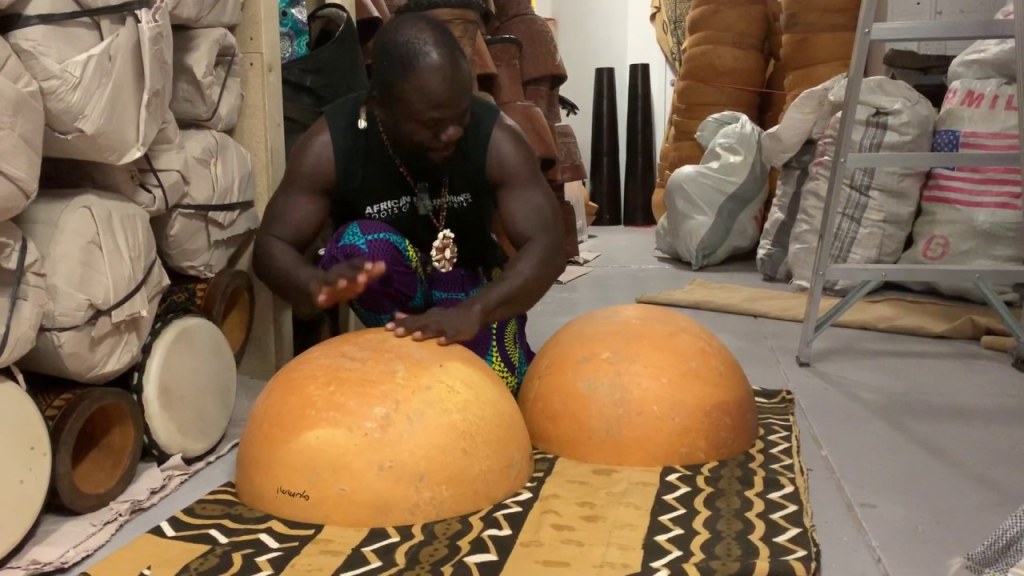Welcome, Music Enthusiast!
The Fascinating World of the Calabash Drum
Music has always been an integral part of human culture. From ancient times to modern days, people have utilized various instruments to create captivating rhythms and melodies. One such instrument that has gained popularity across different continents is the calabash drum. In this article, we will delve into the world of the calabash drum, exploring its history, significance, and unique features that make it a beloved instrument among musicians around the globe.
What is a Calabash Drum? 🥁
The calabash drum, also known as the gourd drum, is a percussion instrument that is crafted from a hollowed-out calabash gourd. This gourd, which is native to tropical regions, possesses a natural resonating chamber that produces rich and vibrant sounds when struck. The calabash drum is typically played by hand, using the fingers or palms to strike the drumhead, resulting in a rhythmic and melodious tone.
Who Plays the Calabash Drum? 🌍
The calabash drum is a versatile instrument that is played by musicians from various cultural backgrounds. In Africa, it is an integral part of traditional music and is often used in ceremonies, celebrations, and storytelling. In South America, the calabash drum is known as the cuica and is commonly played in samba and other Afro-Brazilian music genres. Additionally, musicians in Caribbean countries such as Cuba and Puerto Rico incorporate the calabash drum into their vibrant musical traditions.
When Did the Calabash Drum Originate? ⌛
The history of the calabash drum dates back centuries. Its origins can be traced to ancient African civilizations, where it played a significant role in cultural and spiritual practices. Over time, the instrument spread to other parts of the world through trade and cultural exchanges. Today, the calabash drum continues to be embraced by musicians worldwide, showcasing its enduring appeal and timeless sound.
Where Can You Find Calabash Drums? 🌎

Image Source: bigcommerce.com
Calabash drums can be found in regions where the calabash gourd grows abundantly. In Africa, countries such as Nigeria, Ghana, and Senegal are known for their vibrant calabash drum traditions. In South America, Brazil and Venezuela are renowned for their skilled calabash drum players. Additionally, you can find calabash drums in various music stores and online marketplaces, allowing enthusiasts from all over the world to own and play this unique instrument.
Why is the Calabash Drum Popular? 🎵
The popularity of the calabash drum can be attributed to several factors. Firstly, its distinct sound adds depth and character to musical compositions, making it highly sought after by both professional musicians and hobbyists. Furthermore, the calabash drum’s aesthetically pleasing design, with its rounded shape and natural patterns, makes it a visually appealing instrument. Additionally, its versatility allows it to be incorporated into a wide range of musical genres, ensuring its relevance in diverse musical contexts.
How is a Calabash Drum Played? 🎶
Playing the calabash drum requires a combination of technique and rhythm. The drum is typically held between the knees or played on a stand, depending on the musician’s preference. To produce different tones, the player strikes the drumhead with varying degrees of force and utilizes different hand positions. Skilled players can create intricate rhythms by combining different striking techniques, resulting in a mesmerizing performance that captivates listeners.
The Advantages and Disadvantages of the Calabash Drum
Like any other musical instrument, the calabash drum has its pros and cons. It is essential to consider these factors when deciding to incorporate this instrument into your musical repertoire.
Advantages:

Image Source: yataoshop.com
1. Unique Sound: The calabash drum’s resonance and tonality provide a unique sound that adds depth to musical compositions.
2. Aesthetically Pleasing: The natural patterns and craftsmanship of the calabash drum make it a beautiful instrument to behold.

Image Source: ytimg.com
3. Versatility: The calabash drum can be played in various musical genres, making it a versatile instrument for musicians.
4. Cultural Significance: The calabash drum carries cultural significance in many communities, connecting musicians to their heritage.
5. Portable: The calabash drum’s size and weight make it easy to transport and play in different settings and locations.
Disadvantages:
1. Fragility: Due to its organic nature, the calabash drum is more susceptible to damage compared to instruments made from durable materials.
2. Limited Availability: Calabash gourds required to make the drum can be challenging to source in certain regions, limiting accessibility for aspiring players.
3. Specialized Maintenance: The calabash drum requires specific care to ensure its longevity, including regular cleaning and protection from extreme temperatures.
4. Skill Development: Mastering the calabash drum requires time and dedication to develop the necessary techniques and rhythm.
5. Cost: Handcrafted calabash drums can be relatively expensive compared to mass-produced instruments made from synthetic materials.
Frequently Asked Questions (FAQs) 📚
1. Can I learn to play the calabash drum without any prior musical experience?
Yes, the calabash drum can be learned by beginners with dedication and practice. It is recommended to seek guidance from a qualified instructor to grasp the fundamentals and develop proper technique.
2. Are there different sizes of calabash drums available?
Yes, calabash drums come in various sizes, each producing a different range of tones. Smaller drums tend to produce higher-pitched sounds, while larger drums create deeper and more resonant tones.
3. Can I use the calabash drum in a band or ensemble setting?
Absolutely! The calabash drum can be a valuable addition to bands and ensembles of different genres. Its unique sound can complement other instruments and create a captivating musical experience.
4. How do I maintain and care for my calabash drum?
To maintain your calabash drum, ensure it is kept in a dry and cool environment. Clean the drumhead regularly using a soft cloth, and avoid exposing it to direct sunlight or extreme temperatures. Applying a protective oil, such as linseed oil, can help preserve the drum’s natural shine and durability.
5. Can I customize the appearance of my calabash drum?
Yes, some craftsmen offer customization options for calabash drums. From intricate carvings to personalized engravings, you can add a unique touch to your instrument, making it truly one-of-a-kind.
Conclusion: Embrace the Rhythmic Beauty of the Calabash Drum! 🎶
In conclusion, the calabash drum stands as a symbol of cultural heritage and musical expression. Its resounding tones and visually captivating design make it a beloved instrument in numerous musical traditions around the world. Whether you are a seasoned drummer or a novice musician, exploring the world of the calabash drum can open new doors of creativity and appreciation for the rhythmic beauty it holds. So, embrace the beat, let your hands dance on the drumhead, and embark on a rhythmic journey like no other!
Final Remarks
Disclaimer: The information provided in this article is for educational and informational purposes only. It is always advisable to consult with qualified musicians and instructors for personalized advice and guidance regarding learning and playing musical instruments, including the calabash drum. The author and publisher do not assume any responsibility for any actions taken by readers based on the information provided herein.